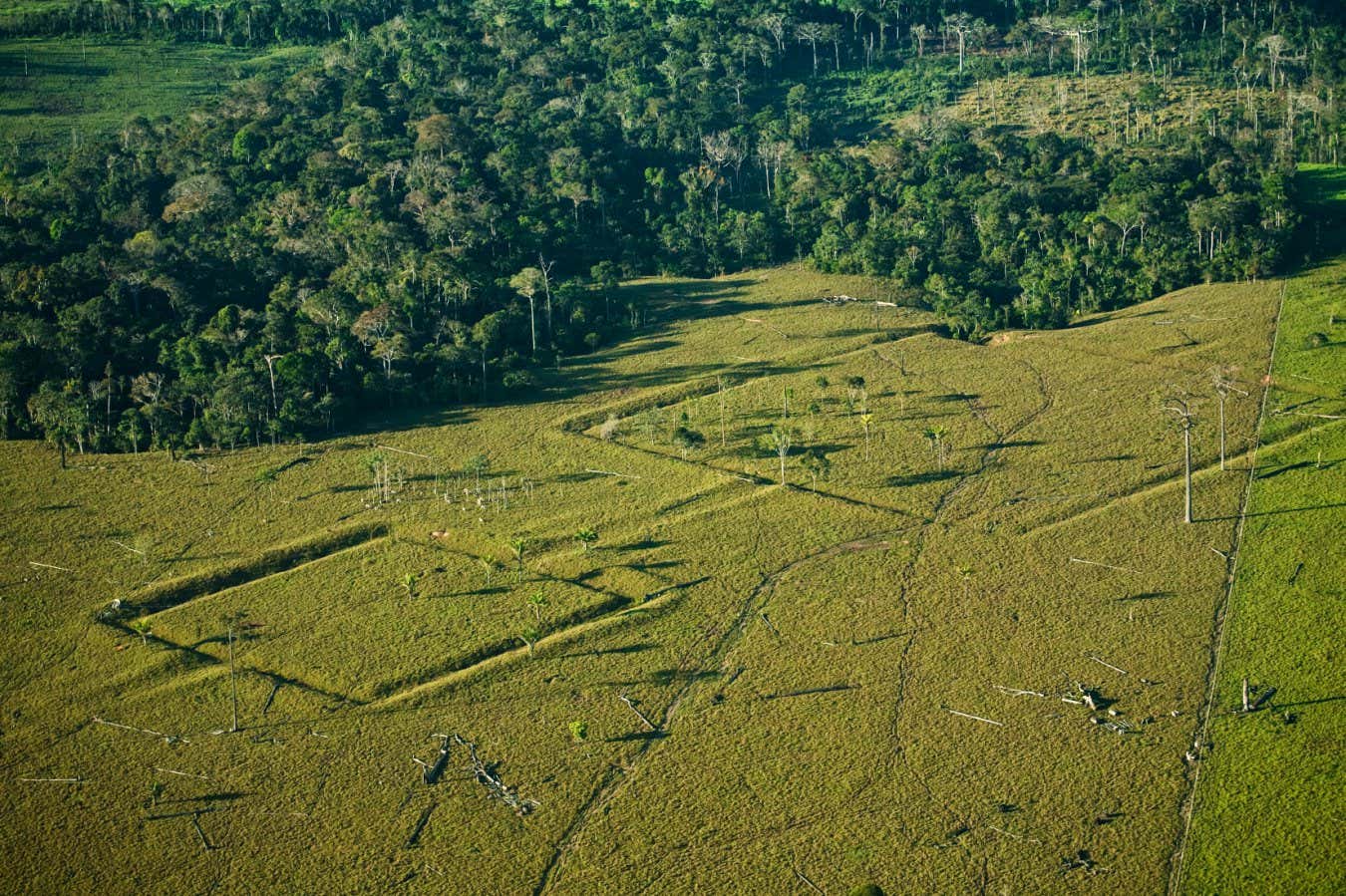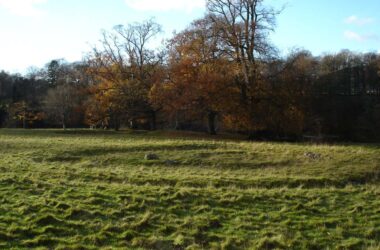A recent study suggests that there may be over 10,000 pre-Columbian archaeological sites yet to be discovered in the Amazon rainforest. This adds to the growing evidence that the Amazon is not just a pristine tropical forest but has been significantly influenced by Indigenous societies for more than 12,000 years.
The research, conducted by Luiz Eduardo Oliveira e Cruz de Aragão and his colleagues at the National Institute for Space Research in Brazil, used lidar technology to survey a portion of the Amazon. Lidar uses reflected laser light to create a 3D representation of the landscape, uncovering hidden archaeological sites and structures.
During their survey, the team discovered 24 previously unknown earthworks, believed to have been created by civilizations that existed between 1500 and 500 years ago. These earthworks include a fortified village in the southern Amazon, as well as defensive and ceremonial sites in the southwestern and northern regions.
The survey covered only a small fraction of the Amazon, approximately 0.08 per cent of its total area. Using a computer model, the researchers estimated that there could be between 10,272 and 23,648 undiscovered earthworks based on the concentration of newly found sites and previously discovered ones. The model analyzed characteristics such as temperature, rainfall, soil composition, and distance from rivers to predict the possible locations of undiscovered structures.
These findings challenge the traditional perception of the Amazon as an untouched wilderness. The indigenous societies that inhabited the region were more extensive than previously thought, numbering as many as 5 million people at one time. The disappearance of these jungle cities centuries ago remains a mystery.
In addition, the study revealed high concentrations of domesticated plants near archaeological sites, suggesting that these lost societies had a significant impact on the rainforest’s composition. This has implications for understanding the Amazon’s ability to adapt to climate change and underscores the importance of protecting it for Indigenous peoples.
Michael Heckenberger, a researcher at the University of Florida, notes that these findings could contribute to efforts to protect the Amazon, which has already experienced significant deforestation. Around 17 percent of the rainforest has been cleared, and there are concerns that it may have reached a tipping point where it can no longer sustain itself.
Recognizing the cultural influence on the Amazon emphasizes its value as the heritage of living Indigenous peoples. Preserving and safeguarding these ancient sites is crucial to honoring their ancestors and protecting the region’s biodiversity.
Topics:
- archaeology
- The Amazon rainforest
Insights:
– The study suggests that the Amazon rainforest has been significantly influenced by Indigenous societies for over 12,000 years, challenging the perception of it as an untouched wilderness.
– Lidar technology has helped uncover previously unknown archaeological sites, including earthworks and structures.
– The discovery of these ancient sites indicates that there were large societies in the region before the arrival of Europeans, which could aid in efforts to protect the Amazon.
– High concentrations of domesticated plants near archaeological sites suggest that these lost societies had a significant impact on the composition of the rainforest.
– Preserving and safeguarding these ancient sites is essential to honoring the heritage of living Indigenous peoples and protecting the biodiversity of the Amazon.








